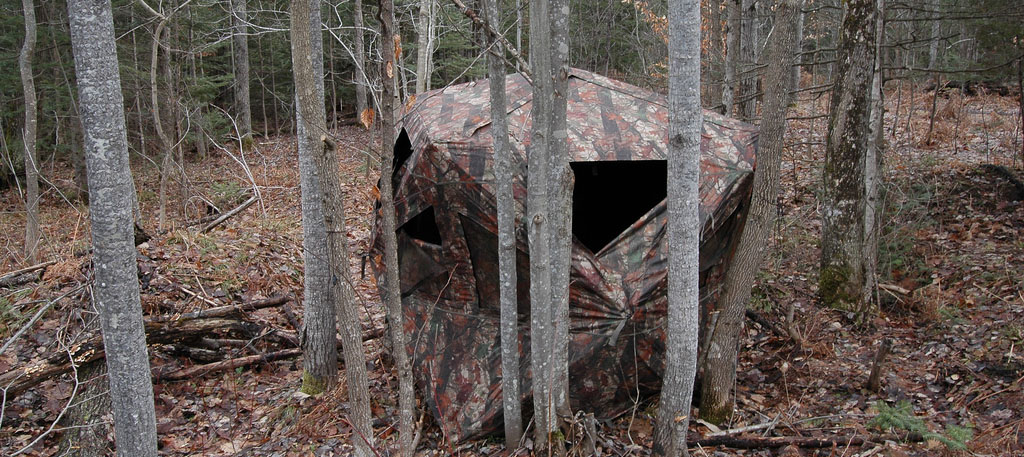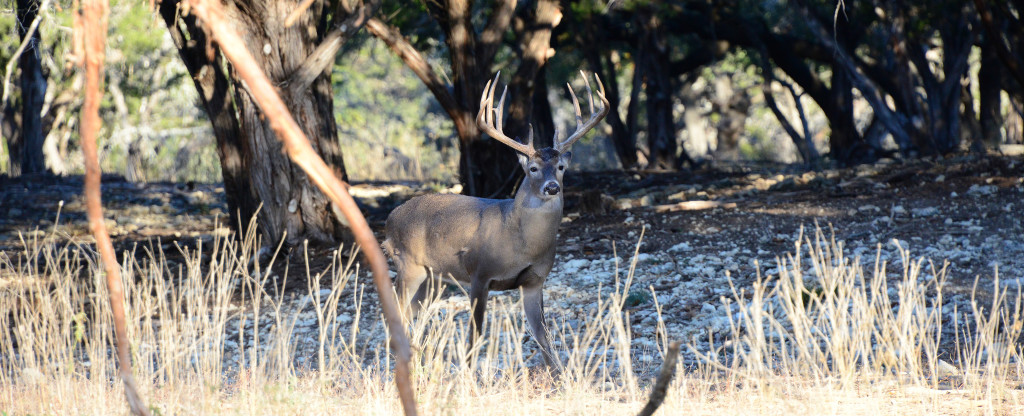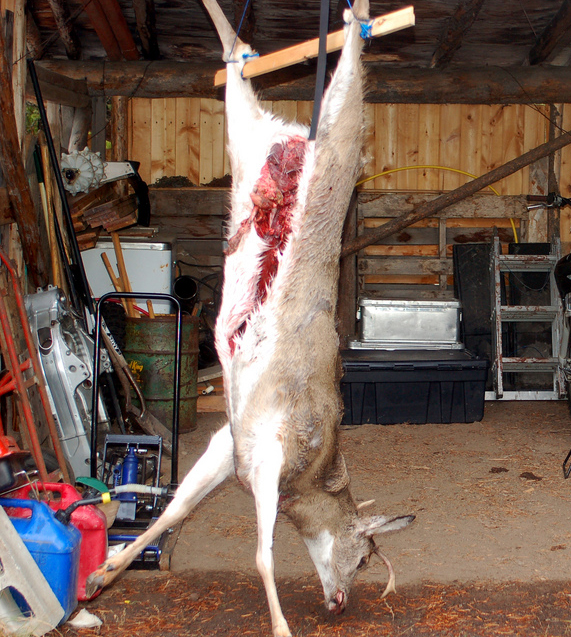It might not be the type of thing you want to talk about with the family over dinner, but the truth is that deer poop is something all hunters should know something about. Although you might think there’s nothing you could ever learn from poop, it can actually tell you quite a few things about the local deer population. Yet most hunters know very little about it, other than maybe that their dog eats deer poop, which is why this article will be dedicated entirely to fascinating deer feces and what it can tell you about them.
What Does Deer Poop Look Like?
Although most hunters can easily recognize deer droppings, here’s a quick overview in case you’re unfamiliar with them. Deer scat is usually small, round pellets, similar to those produced by rabbits, goats and others. Depending on what the deer is eating and its size, the scat could also be a bit clumpier and more stuck together. Diet can also affect the hardness of the poop, and it’s color, which can range from light brown to black. Here is a picture of deer poop in the snow...

In most cases, deer poop is bigger than rabbit or squirrel poop. Still, smaller deer do have smaller poop. Luckily there’s any easy way to solve the argument of deer poop vs rabbit poop. Firstly, deer dropping are usually much smoother and more oval-shaped compared to the rougher textured, rounder rabbit droppings. Additionally, deer droppings usually have a slight indent on one end and a bit of a point on the other.
Why Do Deer Poop Pellets?

Deer Scat
The reason deer and other similar animals produce pellets of poop has to do with their different type of digestive systems. In these animals, the colon works to form the feces into pellets and then push each one out into the rectum, which then further compresses each one into a similar shape and size on its way out of the body.
A deer’s colon creates the small pellets due to its colon working in an automatic rhythm, opening and closing the sphincter. It is this type of movement that results in the small, pellet shapes, versus animals like dogs and humans where the sphincter stays open for a longer time and thus results in larger, longer droppings.
Due to its near constant grazing and the way its digestive system works—combined with the small size of the droppings— means a deer does its business an average of 13 times a day, producing an average of 93 pellets per time.
What Can Deer Scat Teach You?
The most obvious thing deer droppings can tell you is that deer have been in the area. If you search around an area in vain, never seeing a single dropping, you’re obviously in the wrong area. Of course, just because there is poop in an area doesn’t mean that the deer have been there recently or that they will come back. For this, you’ll need to examine the scat a bit further to determine how old it is.
Relatively fresh droppings, say those left within the last 6 to 12 hours, look wet and shiny due to their higher moisture content. If you find fresh droppings and other good signs, such as scrapes, rubs and tracks, it’s a good sign that there are deer quite active in the area so you should hunt it that day or the next if possible. On the other hand, if the droppings are dried out it means that they’re at least a day or so old. Even older droppings will start to lose their color, shrink and eventually crumble when touched.
Those piles of droppings can also give you an idea of the amount of deer in an area or possibly even the approximate size of the deer that left an individual pile. It goes without saying, but if you find an area with a lot of droppings all over the place, its probably home to a decent sized herd. If the pellets are generally smaller and more scattered around as opposed to in a pile, it usually means you’re dealing with a bunch of does. Bigger bucks tend to leave larger piles of bigger pellets, oftentimes more in a clump.
Lots of droppings all over the place = a herd of deer
Scattered smaller pellets = most likely a bunch of does
Large pile of bigger pellets in a clump = Bucks
If you’re hunting during the rut, it’s always a good idea to set up your stand somewhere near the piles of doe droppings, whereas you’ll want to set up near the bigger piles of buck poop for those pre- and post-rut hunts.
The color and texture of the droppings can also give you an idea of where you want to set up your stand, as it will let you know what the deer have been eating. Firm or hard droppings mean that the deer have mostly been eating twigs and bushes, so have a look around for areas with lots of saplings and bushes.
If the pellets are a bit softer, in addition to twigs and bushes the deer has been eating alfalfa, clover or other crops in nearby fields. It may also be eating weeds and grasses in other open areas, so it’s a good idea to look for other deer signs in any of these areas. Loose deer droppings are a sign that the deer has mostly been eating alfalfa and/or fruit, so check for signs near these areas and set up your stand within sight of wherever you find the most.
Firm or hard = been eating twigs and bushes = saplings and bushes
Soft = been eating clover, alfalfa, crops, weeds, grasses = open areas
The location of the scat can also tell you a bit about where and when to hunt. If you find droppings in a field or other open area, this is a good sign that you’ve found a feeding area. As the deer often won’t come into this area until right around or after dark, there’s a decent chance you’ll miss your chance if you set up right on this spot. Instead, try to search around for the transition corridor that they use to go back and forth from this spot to their bedding area.
Alternatrively, if you find a large amount of deer droppings in an area with thick, heavy cover, you’re probably quite near the bedding area. In this case, search around for the nearest food source and set up your stand somewhere between the droppings and the food area. This should be a good spot to hunt in early mornings or late afternoons.
Other Random Facts About Deer Droppings
The reason your dog likes to roll in nasty things is to cover their smell from potential prey. All carnivores give off a certain scent, which most prey animals can detect. So by rolling in deer poop, the dog is trying to make itself smell less like a predator to make deer and other animals less likely to detect it. However, this distinctive predator smell goes a lot further than just the dog’s fur, as deer can also detect predators by the smell of their poop.
In one study, scientists showed that deer were extremely cautious and shied away from wolf, dog, mountain lion and other predator droppings. The deer were also wary of droppings from omnivores like bears, although to a lesser extent. Interestingly, the deer actually seemed slightly interested in poop from other deer though, especially those from outside their area. For this reason, some hunters have actually begun using the same trick dogs use, rubbing themselves in deer droppings or scattering them around their stand in order to try to cover up their own smell and potentially attract in a trophy buck.
Caution

It's up to you whether or not you think this is a good idea, but there are at least some reasons to think twice about it—one of them being that you’re actually considering rubbing poop all over yourself. Another reason is the fact that deer droppings can sometimes contain chronic wasting disease prions. Although the disease is becoming more common in some states, it would still be quite rare and unlucky to pick up contaminated poop. There are no known cases of chronic wasting disease being transmitted to humans, although we are susceptible to spongiform encephalopathy diseases like it, such as mad cow disease.
Similarly, deer poop should never be used as manure or fertilizer. Deer sometimes carry dangerous strains of E. coli that can be transferred to people who eat any food that came into contact with the contaminated manure. Still, if you do somehow find yourself with a large amount of deer poop on hand, properly composting it can destroy the disease. The manure must be composted for a minimum of 40 days, with at least 5 days at 140 degrees Fahrenheit or more.
Can Deer Poop Really Help?
To be honest, there’s no one thing that will definitely help you bag the big one this next season, whether that be deer poop or anything else. Then again, it never hurts to have an extra trick or two up your sleeve when it comes to determining where to set up your stand. It’s all about learning how to recognize and read the signs, even if that means sitting around and staring at poop.



